The 1970s were a magical time for children, where technology had yet to dominate playtime, and the great outdoors was the ultimate playground. From sunup to sundown, kids were outside playing games that are still fondly remembered to this day.
These games required imagination, energy, and teamwork, and they helped build countless friendships. Dive into this list of 12 nostalgic outdoor games from the ’70s that may have you yearning for the simplicity and joy of those bygone days.
Red Rover
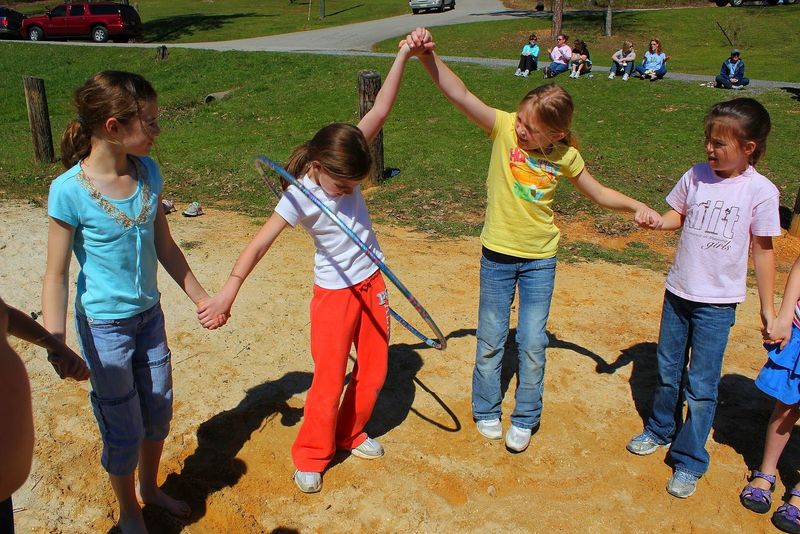
Red Rover was a thrilling game that required both strategy and strength. Children would form two lines and hold hands tightly. One would call out, “Red Rover, Red Rover, send (name) right over!” The called child would then run and try to break through the hands of the opposing line.
This game was a test of both courage and physical prowess, often leaving participants excited and eager for another round. The camaraderie built through this simple game was unmatched. The anticipation of each call and the energy of the run created unforgettable memories.
Hide and Seek
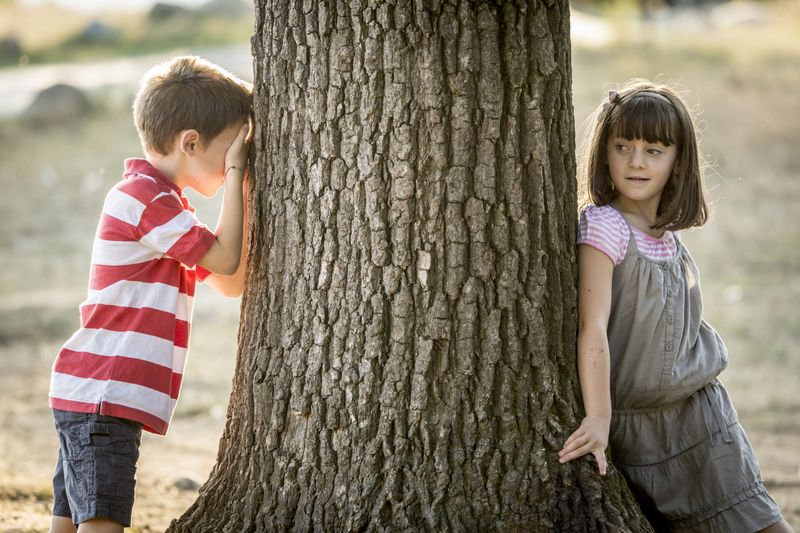
Hide and Seek needs no introduction. It is a timeless classic that transcended generations, becoming a favorite during the ’70s. One child closes their eyes and counts while the others scatter to find the perfect hiding spot.
The game taught kids patience and stealth, as they quietly waited for the seeker to find them. It encouraged creativity in choosing unique hiding places, fostering a sense of adventure. The thrill of finding others or being discovered added to the excitement. In the ’70s, neighborhoods became the playground, with countless spots to hide.
Kick the Can

Kick the Can combined elements of Hide and Seek and Tag, creating an adventurous game. One child guards a can placed in the center, while others hide. The goal was to kick the can without being tagged.
This game encouraged quick thinking and agility, as players strategized on how to reach the can unnoticed. It fostered teamwork, as players often collaborated to distract the guard. The satisfaction of kicking the can was immense, making every round an exciting challenge. The ’70s cul-de-sacs were often filled with laughter and the sound of the can clattering.
Capture the Flag
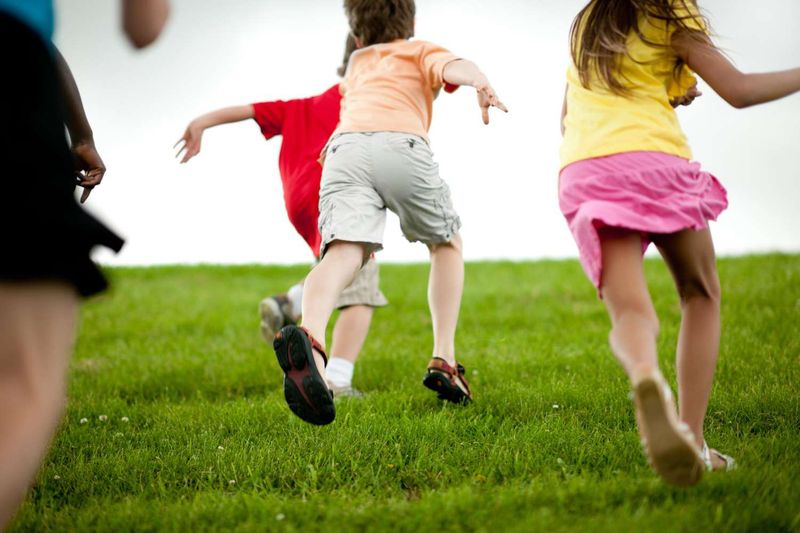
Capture the Flag was a staple of outdoor play, requiring teamwork and strategy. Two teams faced off, each protecting a flag hidden on their territory while trying to capture the opponent’s flag.
The game was not just about speed but also about devising clever strategies. Kids learned the value of working together to outsmart the other team. The thrill of snatching the flag and running back without getting tagged was unmatched. This game fostered leadership skills and was often the highlight of any gathering.
Capture the Flag left lasting impressions and taught valuable lessons.
Four Square
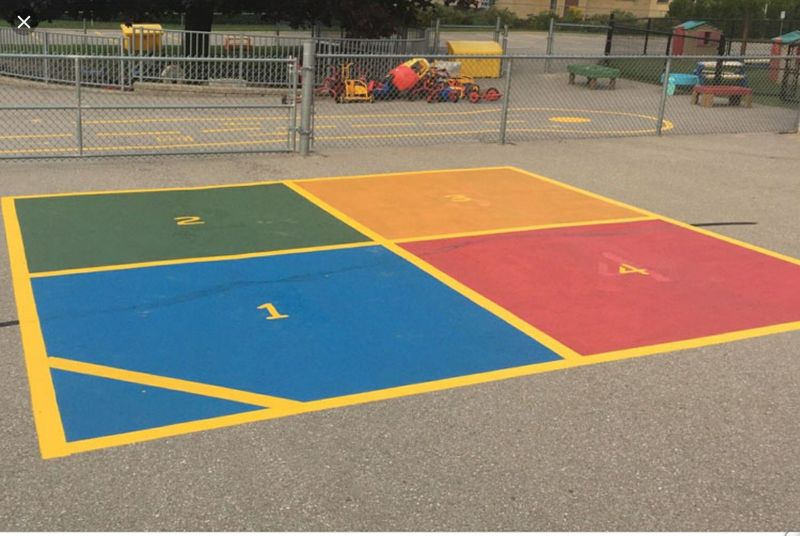
Four Square was a popular game that required a ball and a chalk-drawn court, usually on a driveway. Players took turns hitting the ball into another player’s square, aiming to eliminate them.
This game was perfect for developing coordination and reflexes. The rules were simple, yet the competition was fierce, as players aimed to reach the “king” square. Friendly rivalries often ensued, leading to hours of fun. Four Square was accessible and required minimal equipment, making it a favorite. It was a game of skill and strategy, bringing children together for endless rounds of play.
Hopscotch
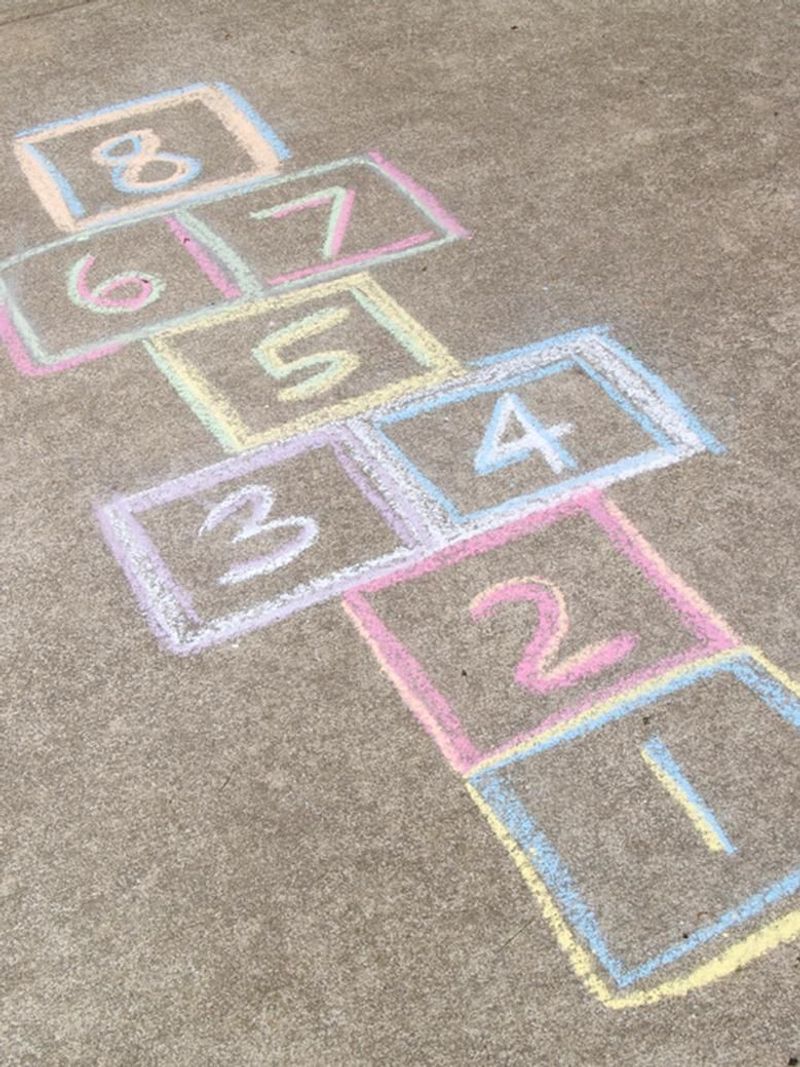
Hopscotch was a beloved solo or group activity that involved hopping through a series of numbered squares drawn with chalk. It required balance, coordination, and focus.
Children loved decorating their hopscotch grids with colorful chalk, adding a personal touch. The game encouraged physical activity and was a fun way to practice number sequences. It was often a favorite during school recess or on sidewalks. Hopscotch was more than just a game; it was an exercise in creativity and precision. The satisfaction of completing the sequence without stepping on the lines was immense.
Jump Rope
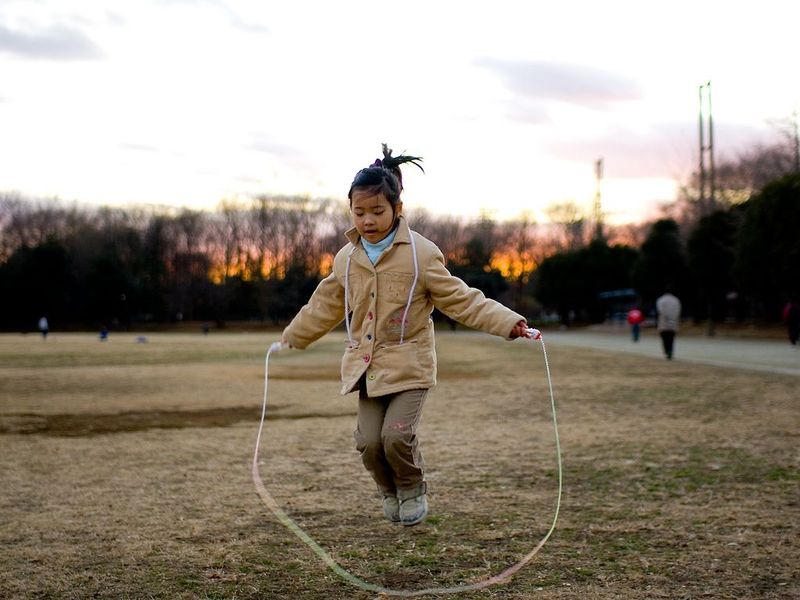
Jump Rope was a lively activity that could be played alone or with friends. Long ropes would be swung rhythmically as children took turns jumping and chanting rhymes.
The game was excellent for building cardiovascular fitness and coordination. Children loved coming up with new rhymes and challenges, keeping the activity fresh and exciting. Jump Rope was adaptable, with different games like Double Dutch spicing things up. It was a staple at playgrounds and schoolyards, where laughter and the sound of ropes hitting the ground were common. The joy of mastering a new jump was unparalleled.
Tag

Tag was a simple yet exhilarating game that involved one person chasing others to “tag” them. It was a game of speed, agility, and strategy.
There were many variations, like Freeze Tag and Blob Tag, adding a twist to the basic rules. The game kept children active and encouraged them to be quick on their feet. It was often accompanied by peals of laughter and the thrill of narrowly escaping a tag. In the ’70s, backyards and parks were the perfect settings, providing ample space for energetic chases. Tag was pure, uncomplicated fun.
Marbles

Marbles was a classic game that required skill and precision. Players took turns shooting their marbles to hit others out of a designated circle.
Children cherished their collections of marbles, often trading unique colors and designs. The game taught patience and strategy as players aimed carefully. It was a quiet yet competitive game, often played during school breaks. Marbles also served as a creative outlet, as kids invented new rules and challenges. The tactile satisfaction of flicking a marble and watching it hit its target was unmatched. It was a cherished pastime of the ’70s.
Simon Says

Simon Says was a game of listening and quick reaction. One child played “Simon,” giving commands beginning with “Simon says.” Others had to follow only these commands.
The game was excellent for teaching listening skills and quick thinking. It also added an element of humor, as players often laughed at their mistakes. Simon Says was versatile, requiring no equipment, making it perfect for any location. The challenge of distinguishing commands kept everyone on their toes. This game was a staple of parties and gatherings, where it never failed to entertain. It was a lesson in focus and fun.
Double Dutch
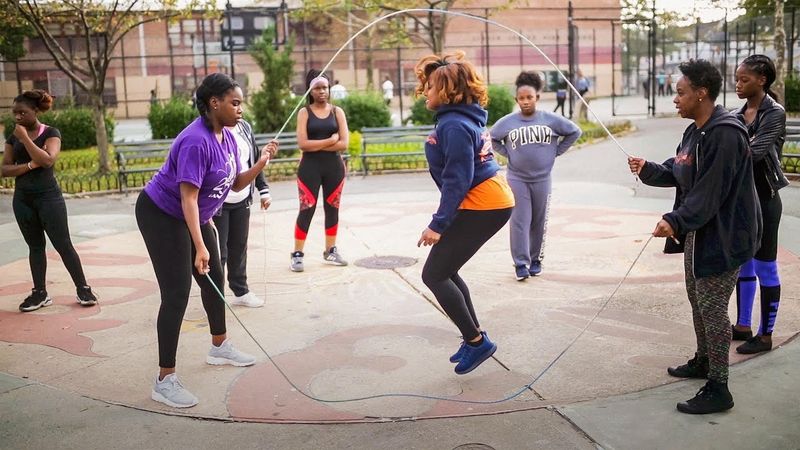
Double Dutch was an artful variation of jump rope that involved two ropes being swung in opposite directions. It was a game of rhythm, agility, and creativity.
Children often formed teams to perform routines, showcasing their skills to a captivated audience. Double Dutch was more than just a game—it was a performance. It encouraged teamwork and innovation, as players created new tricks and styles. The rhythmic sound of ropes and feet became a familiar urban soundtrack. Double Dutch was celebrated in competitions, highlighting the cultural significance of this vibrant activity. It was a dance of ropes and feet.
Dodgeball
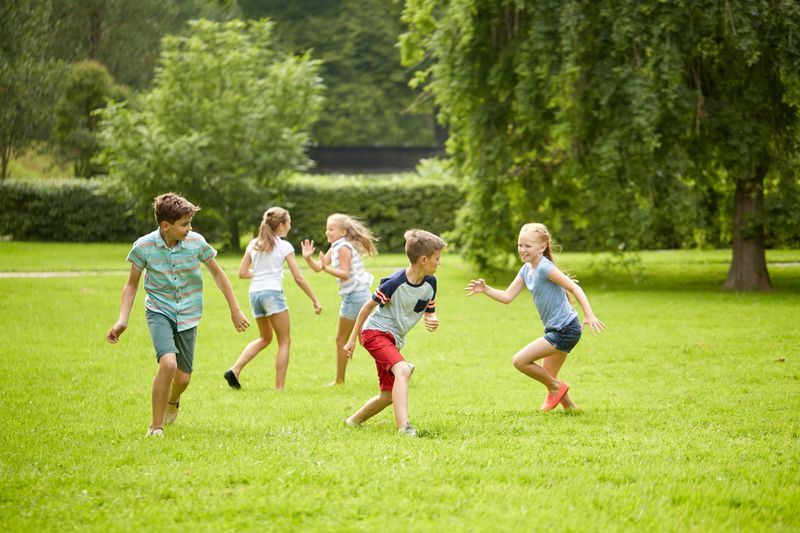
Dodgeball was a high-energy game where players aimed to hit opponents with rubber balls while avoiding being hit themselves. It was a test of agility and quick reflexes.
Children loved the thrill of dodging and throwing, making it a favorite in school gyms. The game encouraged strategic thinking, as players planned their throws and dodges. Dodgeball was both competitive and inclusive, with everyone getting a chance to participate. It was a way to release energy and enjoy friendly competition. The sound of balls thudding and laughter in the gym was a hallmark of ’70s playtime.
